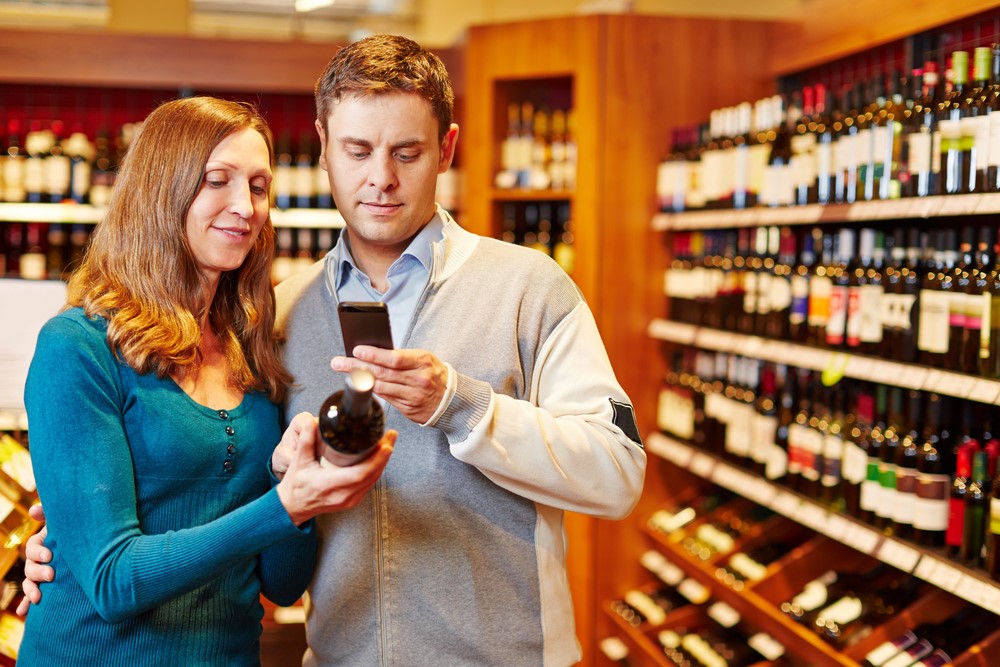Commerce Is Everywhere; Yet Connecting with Customers Is About to Get Even Harder

It's still early in 2019, but already there are signs that commerce is poised for some dramatic change. CES and the National Retail Federation's Big Show are annual rites of passage for retailers, brands and marketers, and after visits to both it's clear one big change is that commerce is no longer confined in stores or online. The notion that "commerce is everywhere" is forcing brands to re-examine how they approach and connect with customers.
Commerce Is About to Get Easier
Amazon has ignited a retail revolution with its Amazon Go autonomous shopping technology, which powers small convenience-like outlets now popping up in a couple of metropolitan areas, including Chicago and Seattle. Customers simply download the Amazon Go app, which is linked to their Prime accounts, enter through turnstiles, shop and just walk out. There are no cashiers at the exits and no need to talk to anyone at all.
Amazon Go stores are in urban centers and primarily stock grab-and-go lunch items, meal kits to take home for dinner and a small selection of sundries, like a hotel gift shop. These stores have the retail industry in a tizzy, and for good reason -- they are convenient time-savers and a marvel of modern technology.
Amazon's technology is expensive -- stores use thousands of cameras to track shoppers and tally up totals once they leave -- and difficult to scale for anyone not named Amazon. But there are now quite a few additional options on the market, solutions that can be adopted and adapted to a variety of retail environments that promise to facilitate commerce, even in unconventional places. There are mobile kiosks and hybrid formats that let businesses carve out areas where grab-and-go makes sense.
It's often misunderstood that the shift in commerce desires has swung completely in the direction of online and delivery for urbanites and Millennial (younger) shoppers. Convenience and accessibility should be the foundation all commerce focuses on. Amazon has done that with Amazon Go, and now competitors can, too.
New Rules of Marketing
Unexpected locations also correspond with unexpected opportunities to reach customers, and many of the new commerce solutions will upend traditional marketing. Grocery chain Kroger's new business unit, Sunrise Technologies, is showcasing digital shelf technology that combines cameras and digital signage to deliver targeted messaging. According to the company, brands will be able to bid on shelf space and tailor-displayed messages.
Much of this promises to disrupt the path to purchase. Scrolling messages could soon be running along endcaps, and augmented reality will place layers of visuals over images -- online and in stores. This could redirect ad dollars and present new challenges for marketers.
The lines are also blurring between retailers and brands. Brands are looking for more direct relationships with customers, and retailers are developing brands to differentiate in a crowded market and inspire loyalty. From a promotional standpoint, everyone will be looking for new ways to communicate online through social channels and search, including partnerships between in-store shopping experiences with online social experiences.
Direct-to-consumer brands are taking center stage at conferences. The founders of these disruptors stress the importance of creating a culture, sticking to a targeted goal and using data wisely to achieve that goal -- messages any brand, D2C or otherwise, should take to heart.
GDPR and other privacy concerns have companies focused on new ways to gather and use data to create profiles that aren't technically personal but do make the shopping experience more personalized. Marketers are looking to do more than bucketing people into standard demographic profiles and there is a growing crop of solutions looking to add context and identify moments of intent to create more meaningful messaging.
Retailers are sending a message to marketers, too. These companies are more than merchants and because commerce happens everywhere, it's critical to understand moments of intent and reach shoppers with the right information. Alibaba spokeswoman Erica Matthews summed this up at NRF, where the Chinese retailer was showcasing the technology used in its Freshippo stores (formerly Hema). "The vision was never to own brick and mortar retail," she said. "We are a platform. Our job is to enable commerce, not dominate it."
It's clear that commerce isn't just for merchants anymore. As the number of platforms grow, so too do the opportunities to reach consumers.
Click the social buttons above or below to share this story with your friends and colleagues.
The opinions and points of view expressed in this content are exclusively the views of the author and/or subject(s) and do not necessarily represent the views of MediaVillage.com/MyersBizNet, Inc. management or associated writers.


